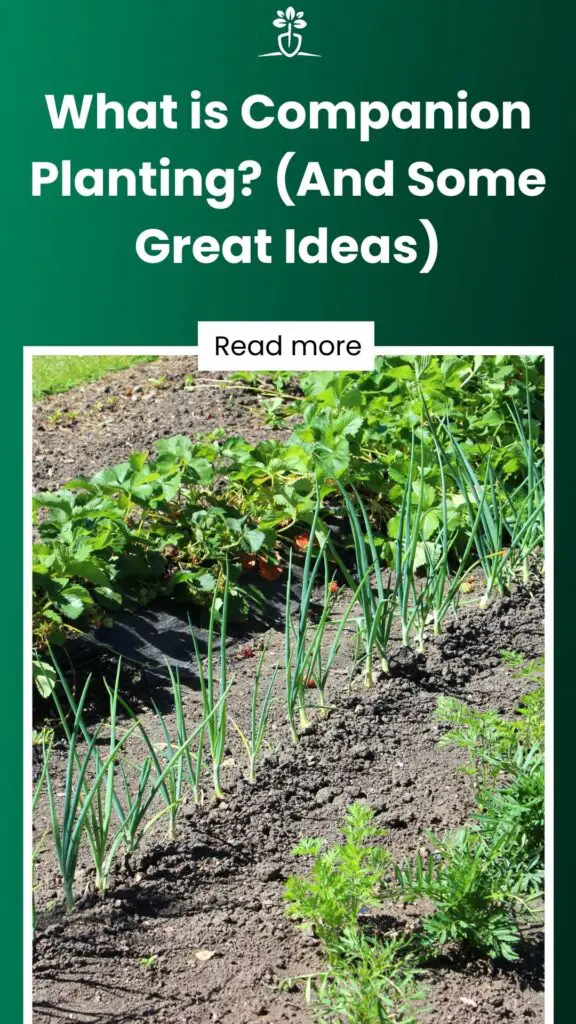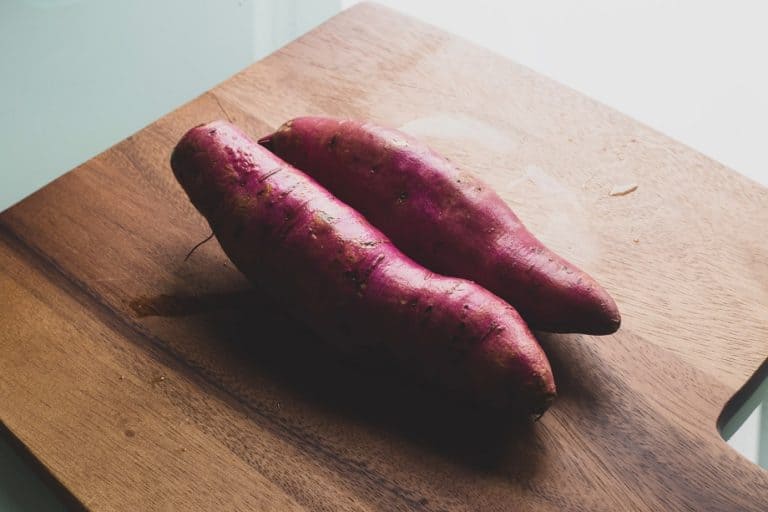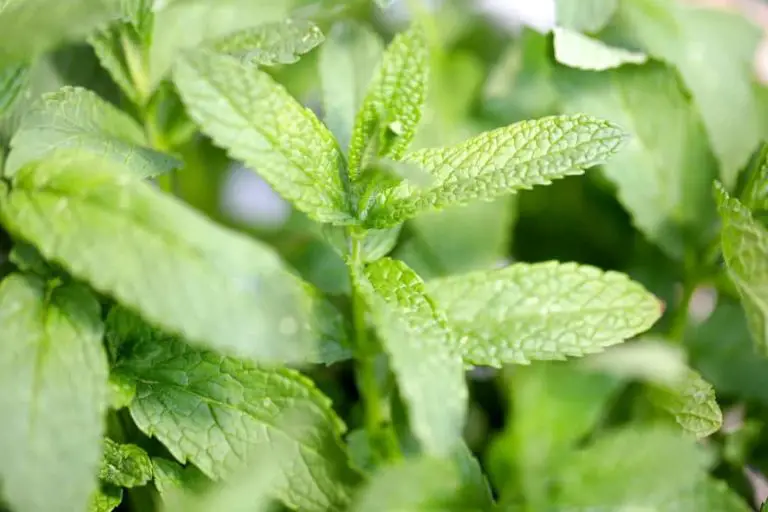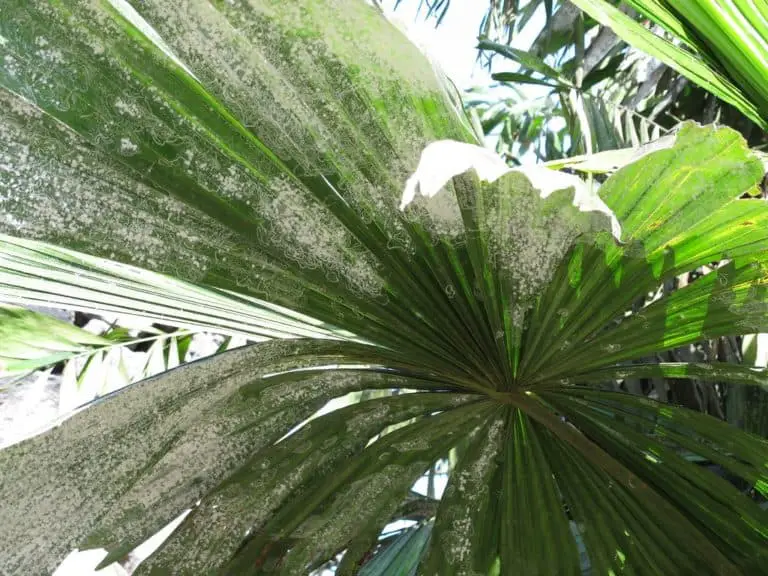What is Companion Planting? (And Some Great Ideas)
{“statusCode”:401,”message”:”License key missing”}
Contents
Benefits of Companion Planting
Any given garden has several problems that gardeners need to deal with every day. Some of these, such as fertilizer, water, and shade, are something that really cannot be helped; they are just part of the job. However, when it comes to other issues, such as pest protection, shading, and weeding, they can be outsourced to the plants themselves to some degree.
The most obvious example of this is the Three Sisters: corn, winter squash, and beans. The tall corn gives the beans a plant to climb while providing shade to the winter squash. The squash’s huge, prickly leaves, in turn, prevent weeds from growing and pests from bothering the plants. Lastly, the beans fix nitrogen into the soil, creating natural fertilizer for the other plants. By combining a little of each plant’s talents, all three thrive in a variety of environments.
There are several plants that can take the sun and provide shade for shorter plants. Other plants naturally repel and even kill pests, ensuring that other plants have a greater chance of growing tall and healthy. Also, some plants effectively poison the ground around them, killing off weeds and other plants that utilize resources that the plants you want to grow and ensuring their failure.
Of course, there are other advantages to this system as well. Some plants such as Turnips provide support for climbing plants. Other plants attract beneficial insects, such as bees. Lastly, some plants change the very chemistry of the soil, sometimes in favor of the other plants. Some plants help bring up nutrients from deep below, fix nitrogen in the soil, and provide additional nutrients to make it better for other plants.
By taking advantage of these plants, a gardener can make things easier on himself and grow healthier plants with larger yields. By finding out which plants pair well with the plants he was planning on raising, he can not only obtain the crops he was planning on raising anyway, but a number of additional plants as well, making for an exciting harvest.
The Basics of Companion Planting
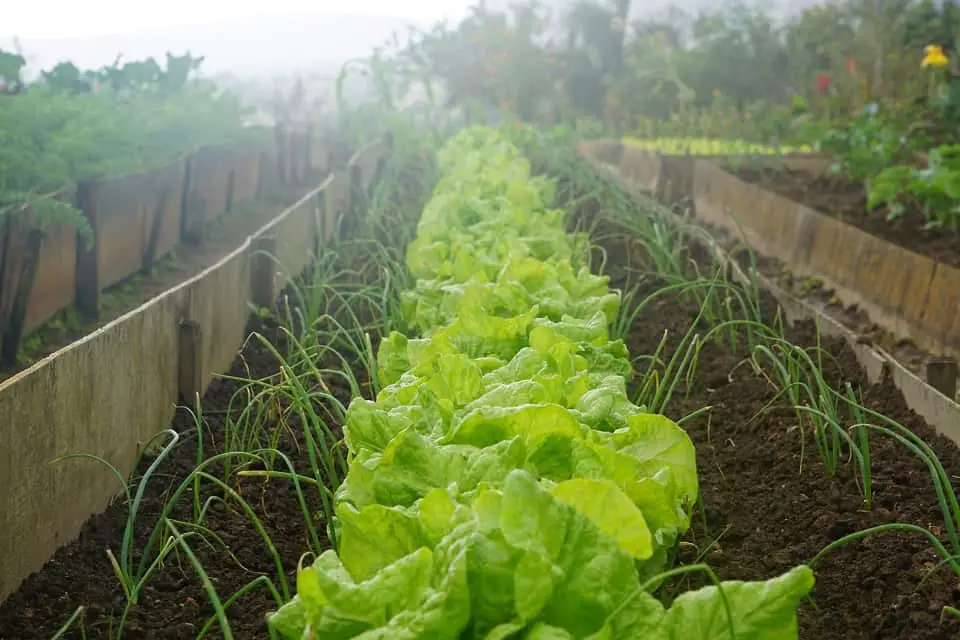
Finding the best possible combinations is not that hard. The key is to know which plants you are planning to grow and then look for plants that are compatible with those plants. There are some issues that a gardener needs to keep in mind when planting companions, but if those are allowed for, it is easy to keep things straight.
First, be wary of advice from the internet. While a lot of the information is good, many good-intentioned people tend to spread anything that they find or that they think will work. However, too many of these people lack any actual gardening experience or are acting on pseudoscientific articles, or are just spreading rumored suggestions. Suffice to say that this advice does not work out well for gardeners and even worse for the plants, so do your research before trying something new.
Second, the good news is that there a few bad pairings. Black walnut should be avoided in gardens as it secretes a toxin that can kill other plants, but it is one of the few plants that does not play well with others. While this means that you need to pay attention to what you plant, it does means that the odds of accidentally finding a bad combination are somewhat rare.
Third, do not be afraid to plant flowers in your vegetable garden. They do more than merely make the garden look prettier; they can attract a wide variety of beneficial insects, such as ladybugs that much on aphids, bees that pollinate plants, and several wasps that deal with other pests. In that regard, have fun with the plants you place in your garden and be aware of their advantages not just to you but to your garden as a whole.
Lastly, consider that some plants are considered invasive species. This means that while they bring advantages to your garden, that does not apply to the surrounding areas. Such plants should be planted in their own jars and be treated as weeds if found outside their jars. It would help if you were careful with some plants, or you can cause ecological harm to the local area; using jars can help deal with the situation.
Companion Planting Ideas
Before listing some of the better companion plants, keep in mind that a lot of these plants are not only edible themselves but specifically act as herbs and spices, making them great for cooking. As such, make sure that you take care in harvesting them when you harvest other plants, and some may be good to let grow where they are until needed.
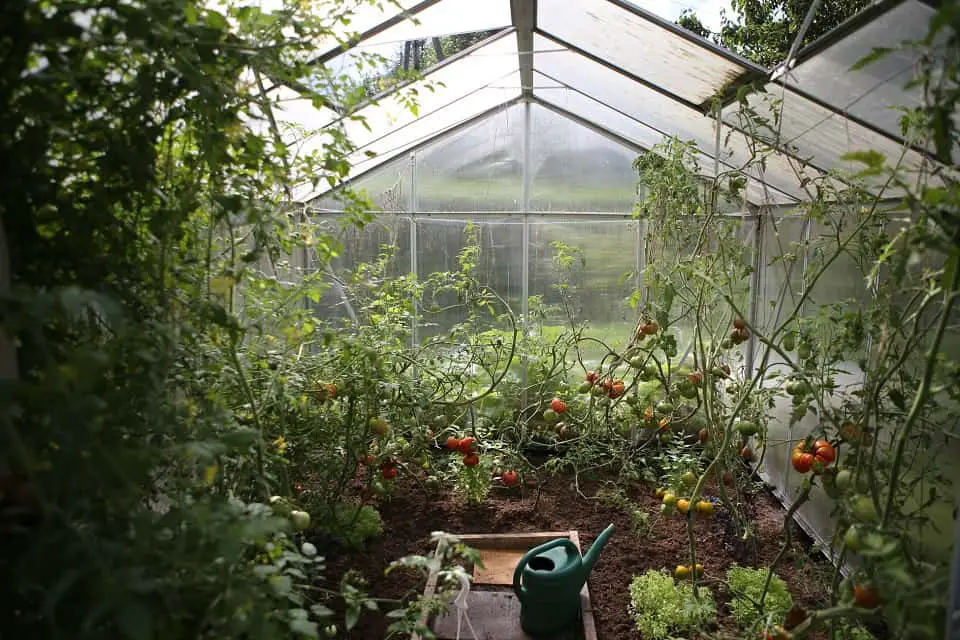
Tomatoes are friends of several species. It provides beneficial shade to many plants. In turn, basil helps improve tomato health and flavor and repels many insects and mites while attracting bees. Parsley should be planted between tomato plants as it helps draw away insects. Borage attracts bees and small wasps; it also works well with strawberries, improving their flavor and vigor.
Sage repels both the carrot fly and cabbage moths, making it an excellent plant for gardens. Poached egg plants attract hoverflies, another insect that feeds on aphids. If you are growing broccoli, think about planting crimson clover; it helps increase the local spider population, which further helps decrease the local pest population.
Mint repels ants, aphids, and flea beetles, but make sure that it is in its own bed or pot as it can take over a garden in relatively short order. Another plant that should go in its containers is tansy, which discourages cutworms from appearing in your garden; as cutworms attack a wide variety of plants, this makes it an excellent plant for general gardens.
Garlic is a beneficial plant as it repels a wide variety of insects, including flies, moths, and Japanese beetles. You can obtain the same benefits from spraying garlic juice in the garden. Also, garlic tea can repel late potato blight. It goes well when planted with sweet potatoes.
Nasturtiums help draw caterpillars from brassica plants such as broccoli and cabbage and blackflies from fava beans. Sunflowers are another great plant: Besides providing some great seeds, they also provide shade for crops that may become sun-stressed in hotter climes and something for climbing plants to climb up.
There are a lot of ways to take advantage of companion planting. It just a matter of deciding which plants work best for your garden. See our companion plants for carrots.
A Few Advanced Ideas
There are few other tricks you can try. Intercropping is one idea that tends to help break up plant plots. The idea is that putting a lot of plants together that are favored by pests tends to help them find their favorite plants faster. Breaking up the plots using different plants in the same space makes it harder for the pests to find those plants, especially if the plants are aromatic.
Taking this a step further, you can also create a polyculture. While it can make life interesting when it comes to planning the gardening space, it can also allow you to take full advantage of companion planting.
You can also take advantage of different planting seasons. Radishes protect several plants, as does lettuce; these plants also have a shorter planting season than other plants. This means that you can plant them between the young vegetables intended to protect and be harvested well before the other plants need the extra space. Thus, you get the advantage of their protection and other benefits and gain the advantage of technically increased space.
Lastly, consider the heights of vegetables, and not just above ground but below as well. If two different plants send their roots to different levels, such as a shallow feeder, while the other sends a taproot down several feet, then the two can exist in the same area as they are drawing nutrients from different areas. Just keep the area well-fertilized, and you should do fine.
Companion planting is a great way to maximize your planting season. If you have any questions, please feel free to leave them in the comments. Otherwise, this should help you raise some great plants and make the work a lot easier.
